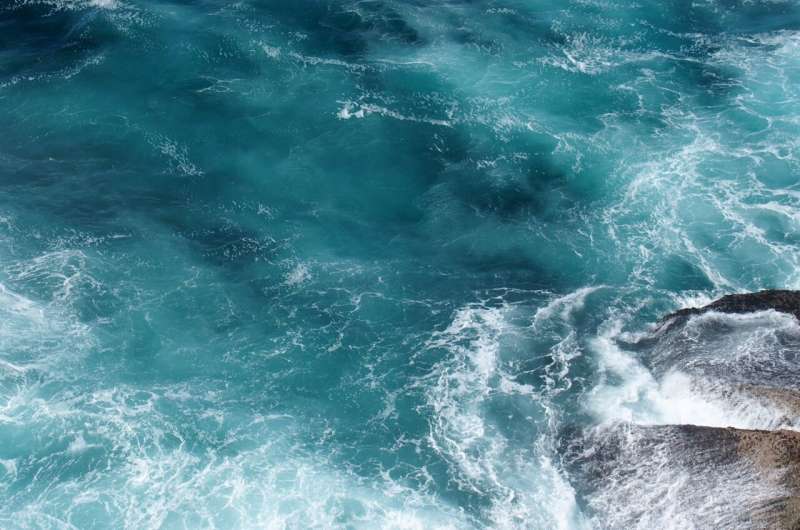This article has been reviewed according to Science X's editorial process and policies. Editors have highlighted the following attributes while ensuring the content's credibility:
fact-checked
peer-reviewed publication
trusted source
proofread
Scientists discover 36-million-year geological cycle that drives biodiversity

Movement in the Earth's tectonic plates indirectly triggers bursts of biodiversity in 36‑million-year cycles by forcing sea levels to rise and fall, new research has shown.
Researchers including geoscientists at the University of Sydney believe these geologically driven cycles of sea level changes have a significant impact on the diversity of marine species, going back at least 250 million years.
As water levels rise and fall, different habitats on the continental shelves and in shallow seas expand and contract, providing opportunities for organisms to thrive or die. By studying the fossil record, the scientists have shown that these shifts trigger bursts of new life to emerge.
The research, published in the journal Proceedings of the National Academy of Sciences, was led by Associate Professor Slah Boulila from Sorbonne University in Paris.
Study co-author Professor Dietmar Müller, from the School of Geosciences at the University of Sydney, said, "In terms of tectonics, the 36-million-year cycle marks alterations between faster and slower seafloor spreading, leading to cyclical depth changes in ocean basins and in the tectonic transfer of water into the deep Earth."
"These in turn have led to fluctuations in the flooding and drying up of continents, with periods of extensive shallow seas fostering biodiversity."
"This work was enabled by the GPlates plate tectonic software, developed by the EarthByte Group at the University of Sydney, supported by Australia's National Collaborative Research Infrastructure Strategy (NCRIS) via AuScope."
The team based their findings on the discovery of strikingly similar cycles in sea-level variations, Earth's interior mechanisms and marine fossil records.
Scientists now have overwhelming evidence that tectonic cycles and global sea level change driven by Earth's dynamics have played a crucial role in shaping the biodiversity of marine life over millions of years.
"This research challenges previous ideas about why species have changed over long periods," Professor Müller said.
"The cycles are 36 million years long because of regular patterns in how tectonic plates are recycled into the convecting mantle, the mobile part of the deep Earth, similar to hot, thick soup in a pot, that moves slowly."
Professor Müller said the Cretaceous Winton Formation in Queensland serves as a prime example of how sea-level changes have shaped ecosystems and influenced biodiversity in Australia.
The formation, renowned for its collection of dinosaur fossils and precious opal, provides a valuable window into a time when much of the Australian continent was flooded.
As sea levels rose and fell, the flooding of the continent created expanding and contracting ecological recesses in shallow seas, providing unique habitats for a wide range of species.
"The Cretaceous Winton Formation stands as a testament to the profound impact of these sea-level changes, capturing a snapshot of a time when Australia's landscape was transformed and fascinating creatures roamed the land," Professor Müller said.
More information: Boulila, Slah, Earth's interior dynamics drive marine fossil diversity cycles of tens of millions of years, Proceedings of the National Academy of Sciences (2023). DOI: 10.1073/pnas.2221149120
Journal information: Proceedings of the National Academy of Sciences
Provided by University of Sydney




















